Embark on a journey through time as we delve into [The Historical Roots of Thanksgiving], a pivotal American holiday whose origins are intertwined with the complexities of indigenous traditions and European colonization.
Key Takeaways: The Historical Roots of Thanksgiving
- Legend of the First Thanksgiving: Pilgrims shared a harvest feast with the Wampanoag in 1621.
- Origins: Inspired by English harvest festivals, the Reformation, and Native American cultures.
- National Celebration: President Lincoln proclaimed a day of thanksgiving in 1863 during the Civil War.
- Symbols of Thanksgiving: Turkey, pumpkin pie, stuffing, cranberry sauce, cornucopia.
- Indigenous Peoples and Thanksgiving: The holiday has a complex history due to the oppression and displacement faced by Native Americans.
Historical Roots of Thanksgiving
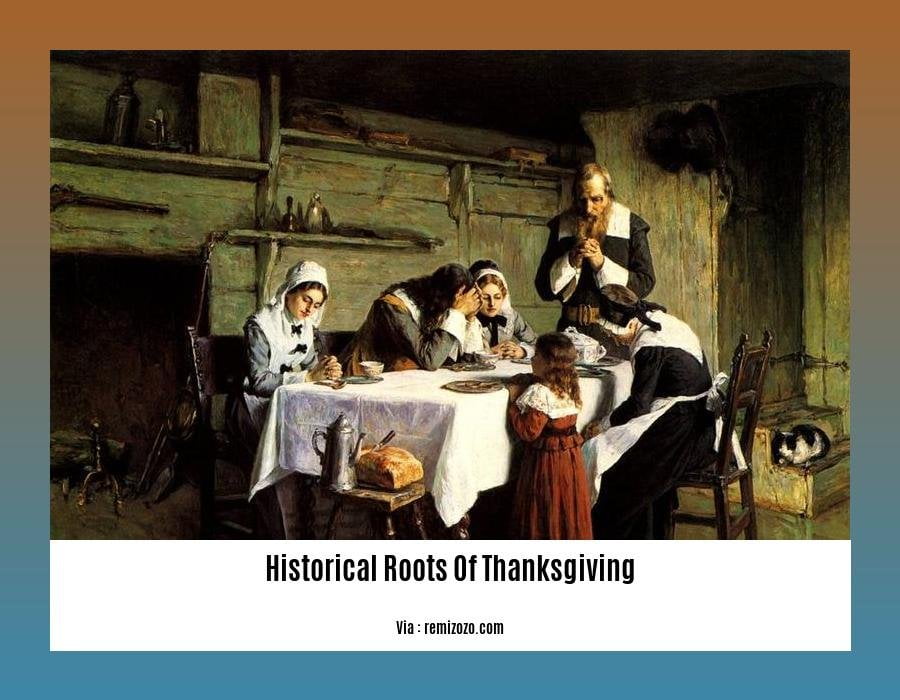
Thanksgiving is a beloved American holiday with deep historical roots.
Pilgrim and Wampanoag Alliance
The first Thanksgiving was a harvest festival celebrated by the Pilgrims and the Wampanoag Native Americans in 1621. The Pilgrims were English settlers who had recently arrived in the New World. The Wampanoag had been living in the area for thousands of years and taught the Pilgrims how to survive in their new environment.
National Day of Thanksgiving
In 1863, President Abraham Lincoln declared Thanksgiving a national holiday. He hoped that the holiday would help to unite the country during the Civil War. Thanksgiving became a time for families to gather and give thanks for their blessings.
Symbols of Thanksgiving
Over time, Thanksgiving has become associated with certain symbols, such as:
- Turkey: Turkeys were a popular food source for both the Pilgrims and the Wampanoag.
- Pumpkin pie: Pumpkins were another food that was plentiful in the New World.
- Stuffing: Stuffing is a bread-based dish that is often cooked inside the turkey.
- Cranberry sauce: Cranberries are a tart fruit that is native to North America.
- Cornucopia: A cornucopia is a horn-shaped basket that is often filled with fruits and vegetables.
Indigenous Peoples and Thanksgiving
The history of Thanksgiving is complex and not without controversy. Some Native Americans view the holiday as a celebration of the colonization of their land. Others see it as an opportunity to reflect on the history of their people and to give thanks for the survival of their culture.
Looking to learn more about the rich history of Thanksgiving? Dive into our detailed article on the history of Thanksgiving, where you’ll discover the fascinating origins and traditions that have shaped this beloved holiday.
Curious about where Thanksgiving originated? Our comprehensive piece on the thanksgiving origin offers an intriguing exploration of the roots and influences that gave birth to this special celebration.
Uncover the captivating stories behind Thanksgiving’s cherished traditions in our in-depth guide to thanksgiving traditions history. From the Pilgrims’ arrival to the modern-day feast, you’ll be captivated by the evolution and significance of these beloved customs.
Cultural Evolution of Thanksgiving
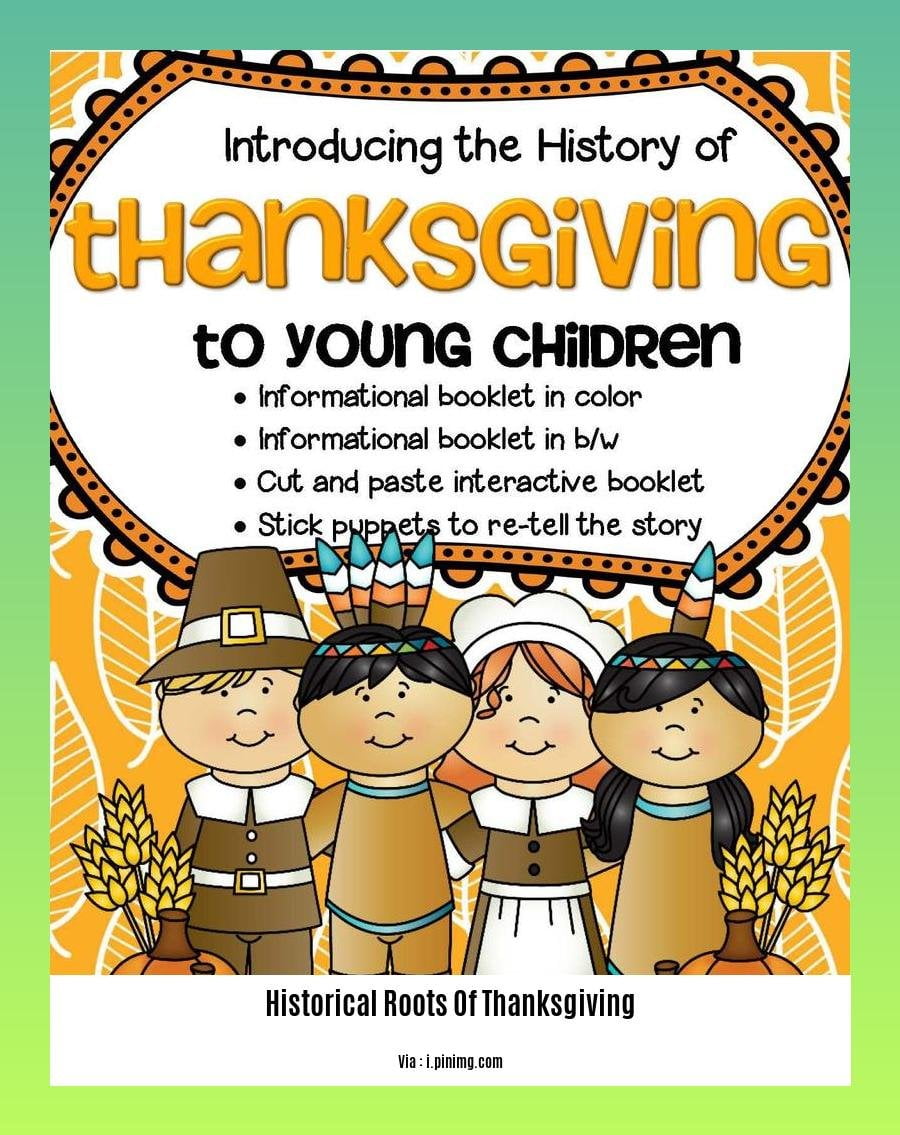
Thanksgiving has undergone a profound cultural evolution since its origins as a harvest celebration. Here’s how it transformed over time:
Pilgrim Arrival and the First Thanksgiving
In 1620, Pilgrims fleeing religious persecution arrived in Plymouth, Massachusetts. After enduring a harsh winter, they shared a three-day harvest feast with the Wampanoag Native Americans, marking the first Thanksgiving.
Early Thanksgiving Traditions
As Thanksgiving gained popularity in New England colonies, it evolved into a time for prayer, feasting, and giving thanks. George Washington proclaimed the first national Thanksgiving in 1789, while Abraham Lincoln established it as an official holiday in 1863.
National Symbol and Family Traditions
Thanksgiving became a symbol of American unity and gratitude after the Civil War. It also became a time for family gatherings, feasting, and expressions of thankfulness, solidifying its place as a cherished holiday.
Commercialization and Modern Thanksgiving
In the late 19th century, Thanksgiving became associated with consumerism and commercialization. Today, it remains a beloved holiday with traditional feasts, parades, football games, and opportunities for reflection and gratitude.
Key Takeaways:
- The first Thanksgiving was a harvest celebration between Pilgrims and Wampanoag Native Americans.
- Thanksgiving became a national holiday during the Civil War, fostering unity.
- The holiday evolved into a symbol of American identity, family, and gratitude.
- Commercialization and consumerism have become part of modern Thanksgiving traditions.
- Thanksgiving prompts discussions about Native American history and its relationship with the holiday.
Most Relevant URL Source:
Modern Thanksgiving Celebrations
Thanksgiving is more than turkey, stuffing, and pumpkin pie. It’s a time to gather with loved ones, reflect on our blessings, and enjoy the simple things in life.
Key Takeaways:
- Thanksgiving is a time to be grateful for what we have.
- Thanksgiving is a time to spend time with loved ones.
- Thanksgiving is a time to reflect on the past and look forward to the future.
- Thanksgiving is a time to enjoy the simple things in life.
Modern Thanksgiving Celebrations
Family and Friends
Thanksgiving is a time to gather with family and friends. It’s a time to reconnect with loved ones, share stories, and laugh together.
Food
Thanksgiving is also a time to enjoy a delicious meal. The traditional Thanksgiving feast includes turkey, stuffing, mashed potatoes, cranberry sauce, and pumpkin pie. But don’t be afraid to mix things up and try something new.
Football
Football is a big part of Thanksgiving. Many families gather around the TV to watch the big game. It’s a fun way to spend time together and get into the holiday spirit.
Gratitude
Thanksgiving is a time to be grateful for what we have. It’s a time to reflect on the past year and all the good things that have happened. It’s also a time to look forward to the future and all the possibilities that lie ahead.
Reflection
Thanksgiving is a time to reflect on the past and look forward to the future. It’s a time to think about what we’re thankful for and what we want to achieve in the year to come.
The True Meaning of Thanksgiving
Thanksgiving is more than just a day to eat turkey and watch football. It’s a time to come together with loved ones, reflect on our blessings, and be grateful for all that we have.
Most Relevant URL Source:
Historical Roots and Contemporary Relevance
Carved into the fabric of American identity, Thanksgiving stands as a day of remembrance, gratitude, and a testament to its rich historical roots. The Pilgrims’ arrival in Plymouth in search of religious freedom set the stage for the first Thanksgiving in 1621. A shared harvest feast with the Wampanoag Native Americans marked the beginning of a complex relationship that shaped the holiday’s evolution.
The contemporary relevance of Thanksgiving extends beyond its historical origins. As a national holiday, it remains a time for families and communities to gather, feast, and express gratitude. The iconic turkey, pumpkin pie, and football games have become synonymous with this special day.
Key Takeaways:
- Thanksgiving originated as a harvest festival shared between the Pilgrims and the Wampanoag in 1621.
- President Abraham Lincoln declared it a national holiday in 1863 to foster unity during the Civil War.
- Thanksgiving became a time for family gatherings and feasts.
- The holiday has evolved to incorporate elements from different cultures and traditions.
Most Relevant URL Source:
FAQ
Q1: What are the historical roots of Thanksgiving?
A1: Thanksgiving originated in a harvest celebration shared between the Pilgrims and the Wampanoag Native Americans in 1621. It was influenced by English harvest festivals and the Protestant Reformation.
Q2: How did Thanksgiving become a national holiday?
A2: Thanksgiving became a national holiday in the United States during the Civil War when President Abraham Lincoln proclaimed it as a day of thanksgiving in 1863.
Q3: What is the significance of the Native American Wampanoag in the history of Thanksgiving?
A3: The Wampanoag Native Americans played a crucial role in the first Thanksgiving celebration. They shared their knowledge of agriculture and survival with the Pilgrims and helped them establish their colony.
Q4: How has Thanksgiving evolved over time?
A4: Thanksgiving has evolved from a religious and patriotic gathering to a secular holiday focused on family, food, and spending time together. It has also incorporated elements from different cultures and traditions.
Q5: What are some controversies surrounding Thanksgiving?
A5: There are controversies surrounding the historical accuracy of the popular Thanksgiving narrative and the treatment of Native Americans during the colonization period.
- Crypto Quotes’ Red Flags: Avoid Costly Mistakes - June 30, 2025
- Unlock Inspirational Crypto Quotes: Future Predictions - June 30, 2025
- Famous Bitcoin Quotes: A Deep Dive into Crypto’s History - June 30, 2025
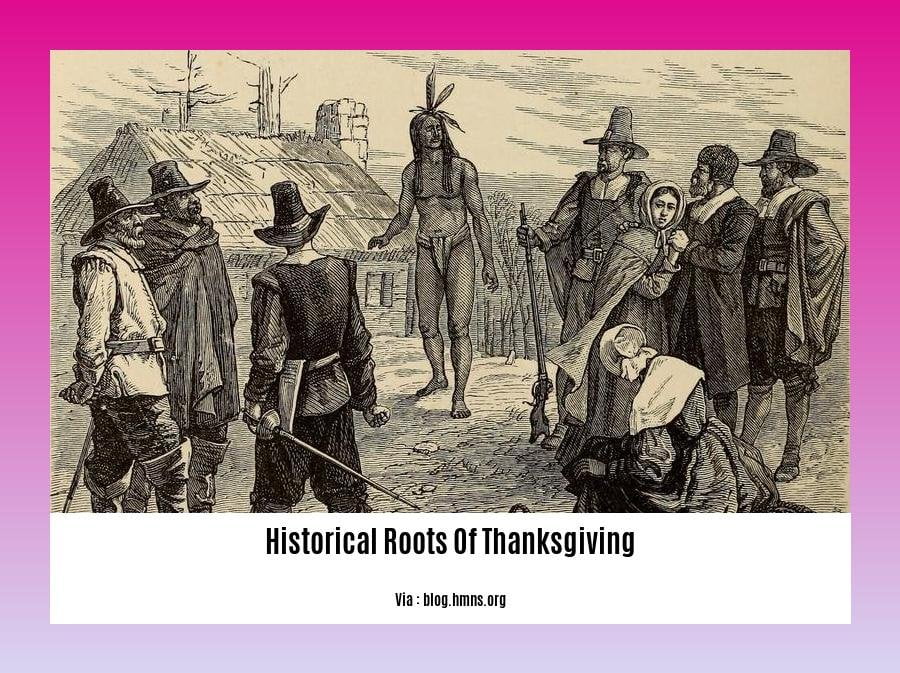
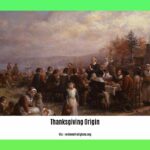
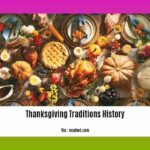

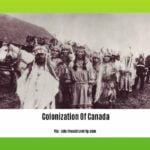

![A Historical Overview of the Church: Tracing Its Evolution Through the Ages [History of the Church Summary] history-of-the-church-summary_2](https://www.lolaapp.com/wp-content/uploads/2023/12/history-of-the-church-summary_2-150x150.jpg)









